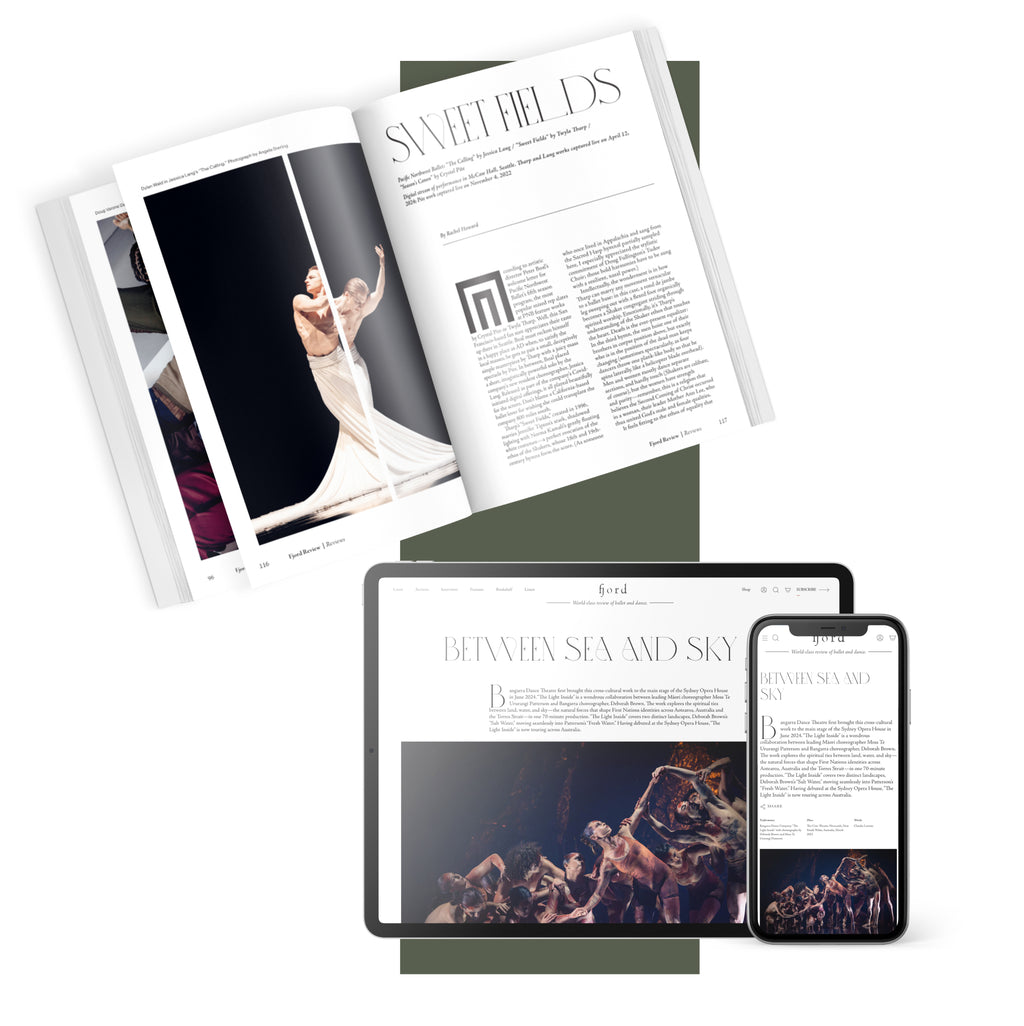Mishima’s Muse
Japan Society’s Yukio Mishima centennial series culminated with “Mishima’s Muse – Noh Theater,” which was actually three programs of traditional noh works that Japanese author Yukio Mishima adapted into modern plays.
Continue Reading
World-class review of ballet and dance.
This year marked the 60th anniversary of the School of American Ballet’s annual Workshop Performances. The programming was unusually democratic this year. Three of the four pieces on the evening of June 7th had no soloists, and Balanchine’s “Raymonda Variations” was adapted to spread the spotlight wealth: a principal solo was reassigned so that one more dancer in the ensemble could have a variation. And though it is already an ensemble effort, the Akhnaten movement of Jerome Robbins’s “Glass Pieces” was similarly rejiggered so that there were no meager run-on roles.
Performance
Place
Words



“Uncommonly intelligent, substantial coverage.”
Your weekly source for world-class dance reviews, interviews, articles, and more.
Already a paid subscriber? Login

Japan Society’s Yukio Mishima centennial series culminated with “Mishima’s Muse – Noh Theater,” which was actually three programs of traditional noh works that Japanese author Yukio Mishima adapted into modern plays.
Continue ReadingThroughout the year, our critics attend hundreds of dance performances, whether onsite, outdoors, or on the proscenium stage, around the world.
Continue ReadingOn December 11th, the Alvin Ailey American Dance Theater presented two premieres and two dances that had premiered just a week prior.
Continue ReadingThe “Contrastes” evening is one of the Paris Opéra Ballet’s increasingly frequent ventures into non-classical choreographic territory.
Continue Reading
comments